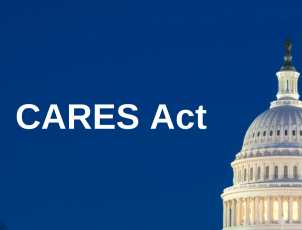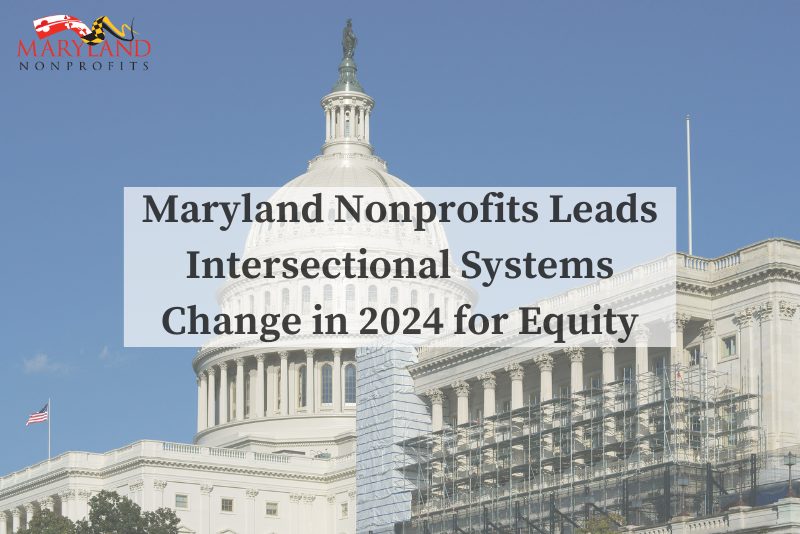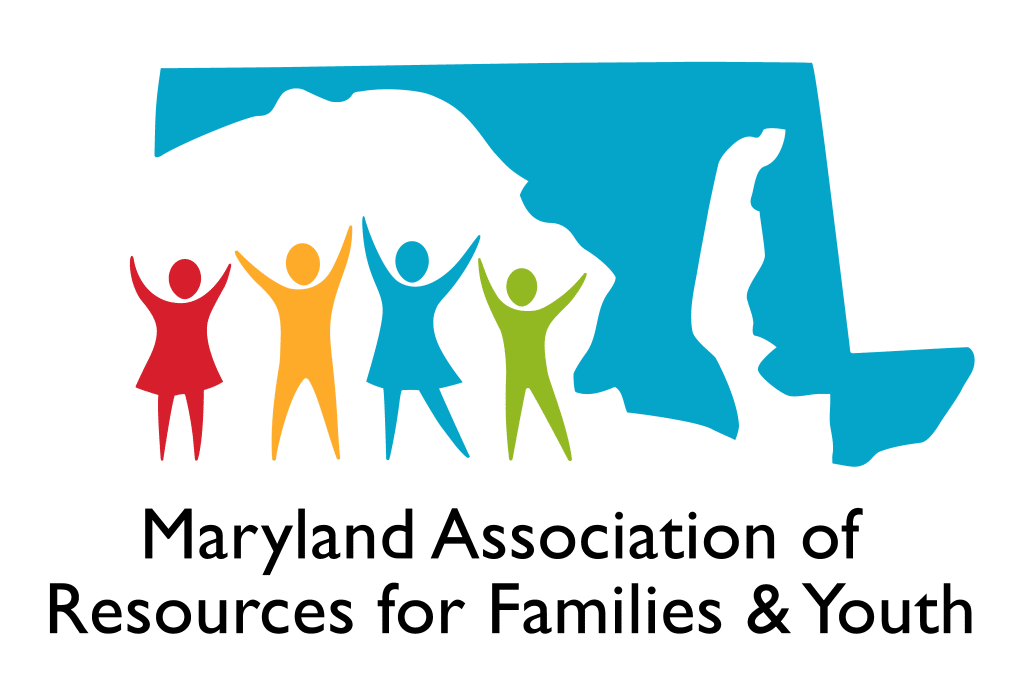Guest Blog by George Breeden, CAE, Hartman Executive Advisors
Nonprofit leaders know how vital it is to develop meaningful and lasting relationships with their current and prospective members, donors and other stakeholders. However, many organizations struggle with exactly how to track and report constituent interactions in a way that works for everyone involved in the process and, ultimately, helps fulfill their mission.
Customer (or constituent) relationship management (CRM) software is designed to help organizations record details of their interactions with their constituents in order to better meet their needs through data analysis. Though a CRM serves as a contact database and often to record financial transactions, using it exclusively for these purposes barely scratches the surface of the capabilities of these systems and the benefits they can deliver to both stakeholders and business operations.
To derive the greatest return on investment from
CRMs
CRMs
- Centralize case management:The centralization functions of most CRMs allow for easy collection, storage, segmentation and management of communications with the constituents when they ask the organization for help or information that isn’t necessarily related to a financial transaction. This not only helps the organization better manage these requests, but also informs the organization of problems that might inhibit that person’s willingness to donate to or volunteer for the organization, or even buy other products and services.
- Understand the customer experience: Right now, when a member, volunteer or donor sends your organization a positive note or leaves a comment on social media, how do you track that feedback? What about when someone makes a complaint or suggests an improvement? In a CRM, all of that feedback can be recorded and associated with a specific individual or organization. Doing so helps you keep a closer eye on your constituents’ experiences, so you can better react to their concerns and more quickly adjust your actions based on real data. While organizations often track negative interactions, they rarely note when a member or donor sends a thank you note or provides other positive feedback.
- Remember important life or company events: It may not seem like something worth tracking, but CRMs are also frequently able to record other significant life events for stakeholders such as a marriage, births, children’s graduations, etc. This can be particularly handy with key volunteers or donors. These can also be business oriented, such as key promotions or achieving a professional credential.
- Develop and utilize commitment categories: Most nonprofits have individuals who habitually register early for events and renew their membership or make their pledges as soon as they receive a reminder. You may also have those who only renew, register or pledge close to or at a deadline and only after multiple reminders. Identifying these individuals and their various behavior groups allows you to target communications that address the specific and unique needs of these different audiences. For example, members that only
renew
- Assign and track tasks: Most CRMs allow tasks to be assigned to a specific individual. This function lets you review and track assignments by
person
individual
Purchasing CRM software is a good first step for nonprofits when it comes to managing relationships, but it takes work to reap the full benefits of these sophisticated systems. When used as intended, nonprofit organizations can better segment and target their audiences, allowing for more personalized communications and meaningful interactions with constituents. Most importantly, when used well, CRMs allow the organization to start creating more customer-centric interactions in a way that can scale well over time
Do you currently have a CRM, but feel you are underutilizing the software? Or are you looking for advice on how to begin the software selection process? Contact Hartman today to learn more and discuss your unique challenges.





